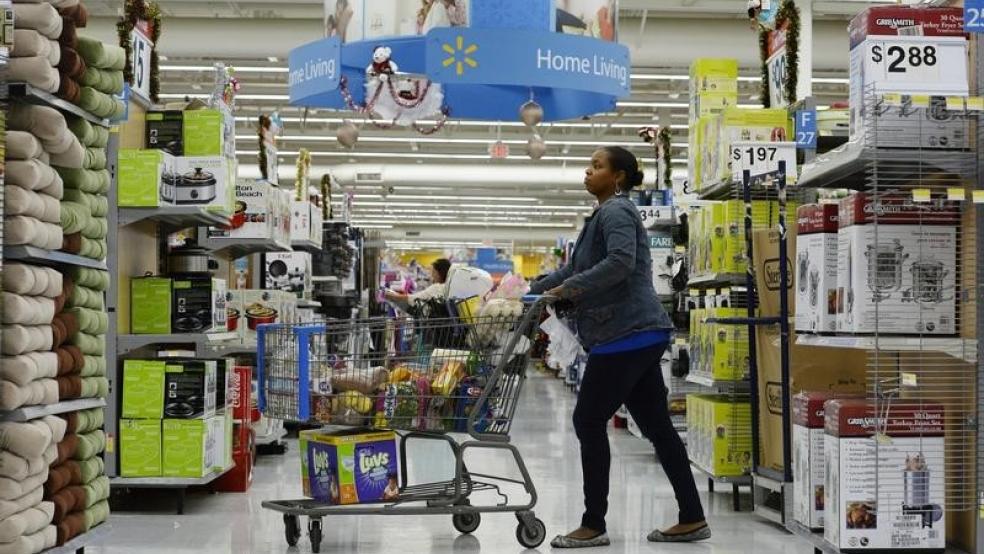The U.S. economy cooled off during the first three months of 2023, as gross domestic product grew at a 1.1% annualized pace, down from the 2.6% pace recorded in the last quarter of 2022. The results announced by the Bureau of Economic Analysis Thursday were well below expectations. Economists surveyed by Bloomberg forecasted a 1.9% annualized growth rate for the first quarter.
The slowdown was driven by reduced spending by businesses, with nonresidential equipment investment falling by 7.3%. A drawdown in inventories also weighed on growth, led by lower investment in machinery, equipment and supplies. And the housing sector shrank again, marking eight consecutive negative quarters.
Consumer spending remained strong, however, helping offset decreased spending by businesses. Overall household consumption increased 3.7%, as spending on goods rose 6.5%, the most in nearly two years, while spending on services rose 2.3%.
The report also showed that inflation remains sticky, with the price index for gross domestic purchases increasing by 3.8%, up two-tenths of a percentage point from the quarter before. Worse, the core personal expenditure index — a measure of spending watched closely by the Federal Reserve that excludes volatile food and energy prices — also rose, hitting 4.9%, the fastest pace in a year.
Good news or bad? The report provides plenty of fodder for both optimists and pessimists. On the one hand, growth is clearly slowing, which could be a warning that the economy is approaching stall speed.
“This morning’s data was the worst of both worlds, with growth down and inflation up,” Chris Zaccarelli of Independent Advisor Alliance told Bloomberg.
Ellen Zentner, an economist at Morgan Stanley, said she expects the slowing to continue as the Fed’s monetary tightening campaign and banking woes drag on growth, pushing the economy into negative territory as soon as the second quarter.
Andrew Hunter of Capital Economics had a similar take. “The economy had less forward momentum at the start of this year than previously thought,” he wrote in a research note. “We continue to expect the drag from higher interest rates and tightening credit conditions to push the economy into a mild recession soon.”
On the other hand, the fact that the economy is still growing is seen by some analysts as a sign of strength that suggests a long-anticipated rescission may hold off for a few more months, if not longer. “The US economy is stronger than meets the eye, with consumers continuing to spend on both goods and services,” said Bloomberg economist Eliza Winger.
“The ‘R Word’ that one should use when discussing the American economy over the past two years should be resilient, not recession,” wrote RSM chief economist Joseph Brusuelas. “The shocks of inflation and interest rate increases and a tightening in lending that are now affecting small and midsize businesses have yet to put a material dent in consumption.”
Noting that the labor market remains strong and that businesses may have to ramp up production in the second quarter to make up for lost inventories in the first quarter, The Wall Street Journal’s Justin Lahart wrote: “A downturn might be coming. But not yet.”
What comes next: The Federal Open Market Committee meets next week, and most analysts expect the central bank to raise rates by 25 basis points. Nothing in the latest GDP report suggests they will alter the expected course.




